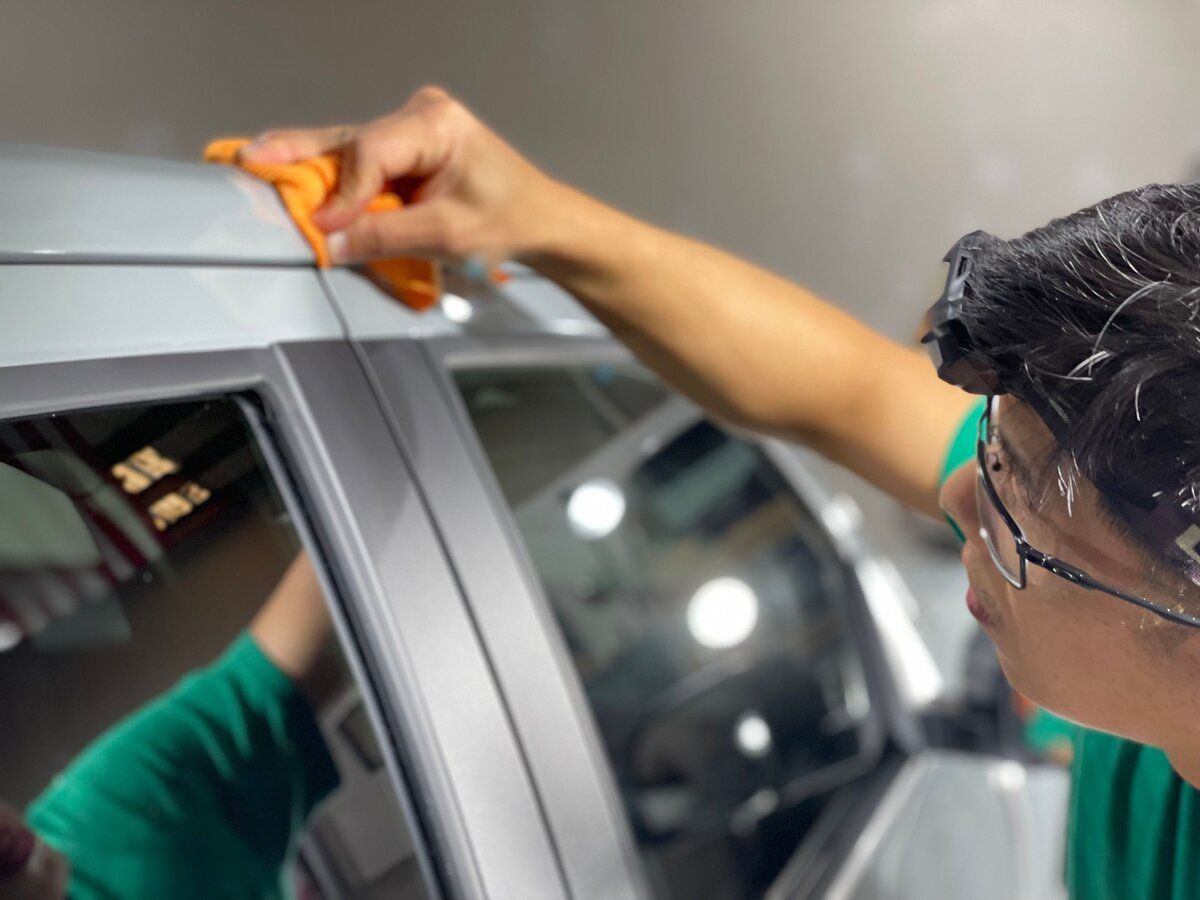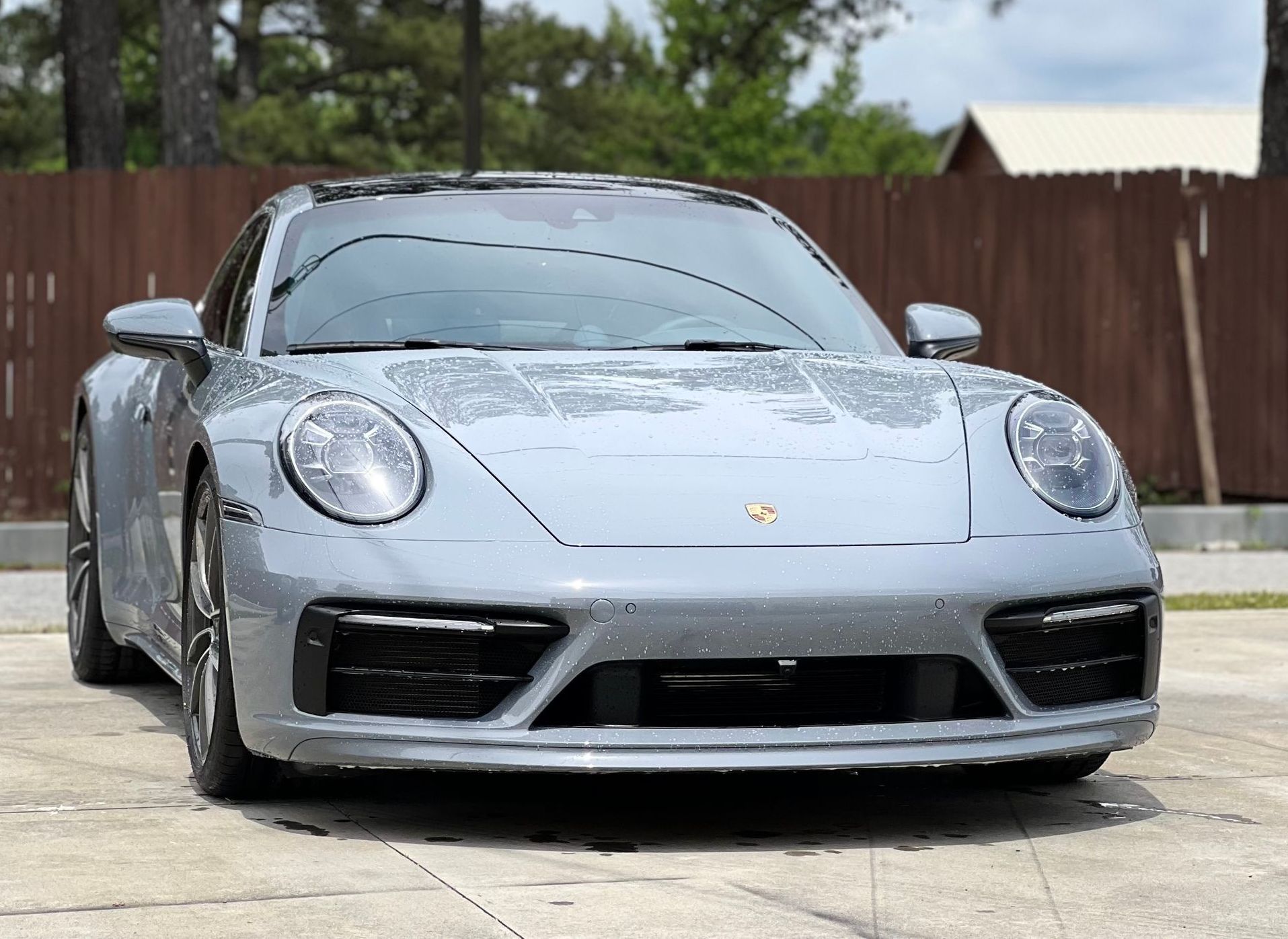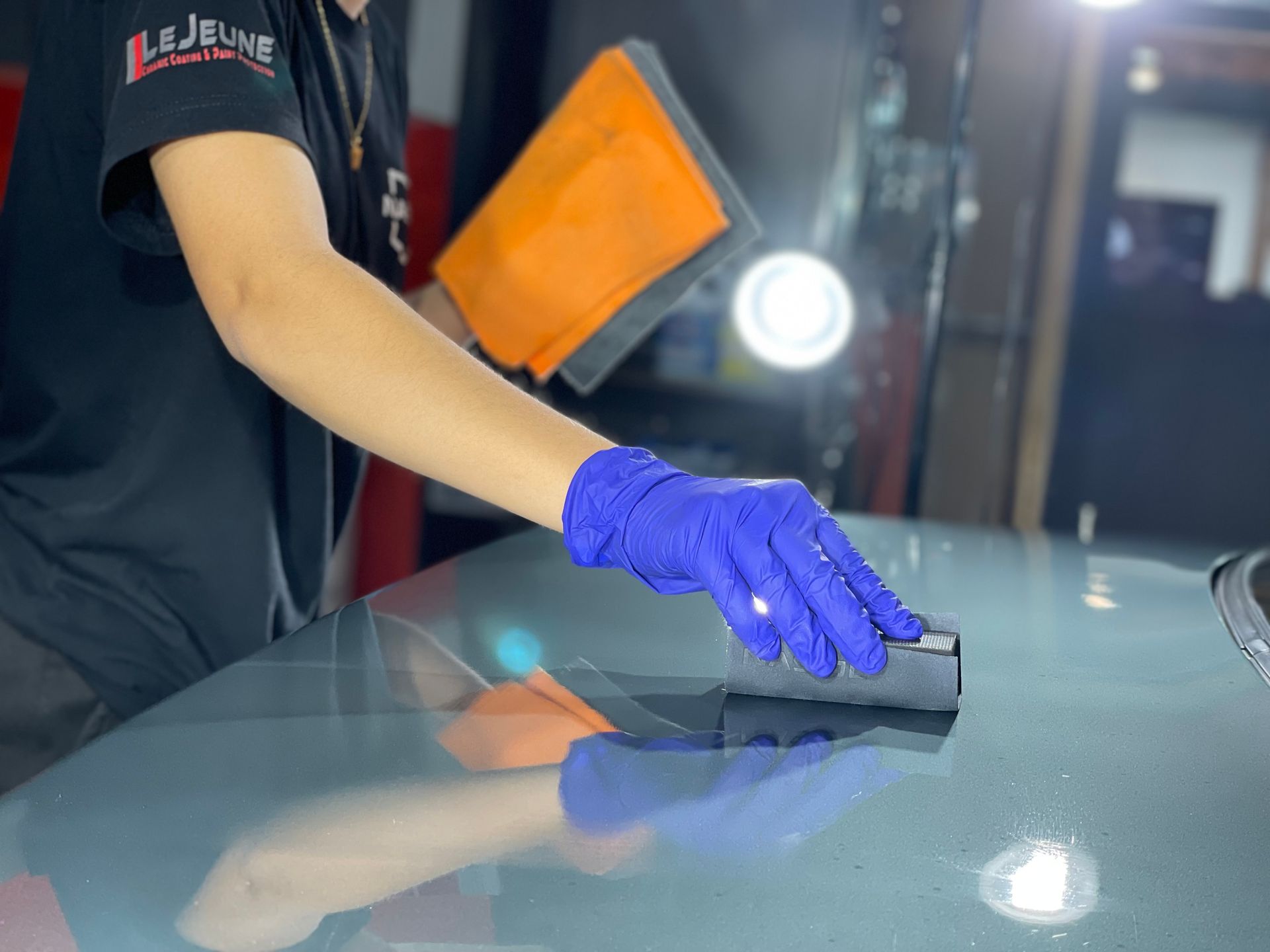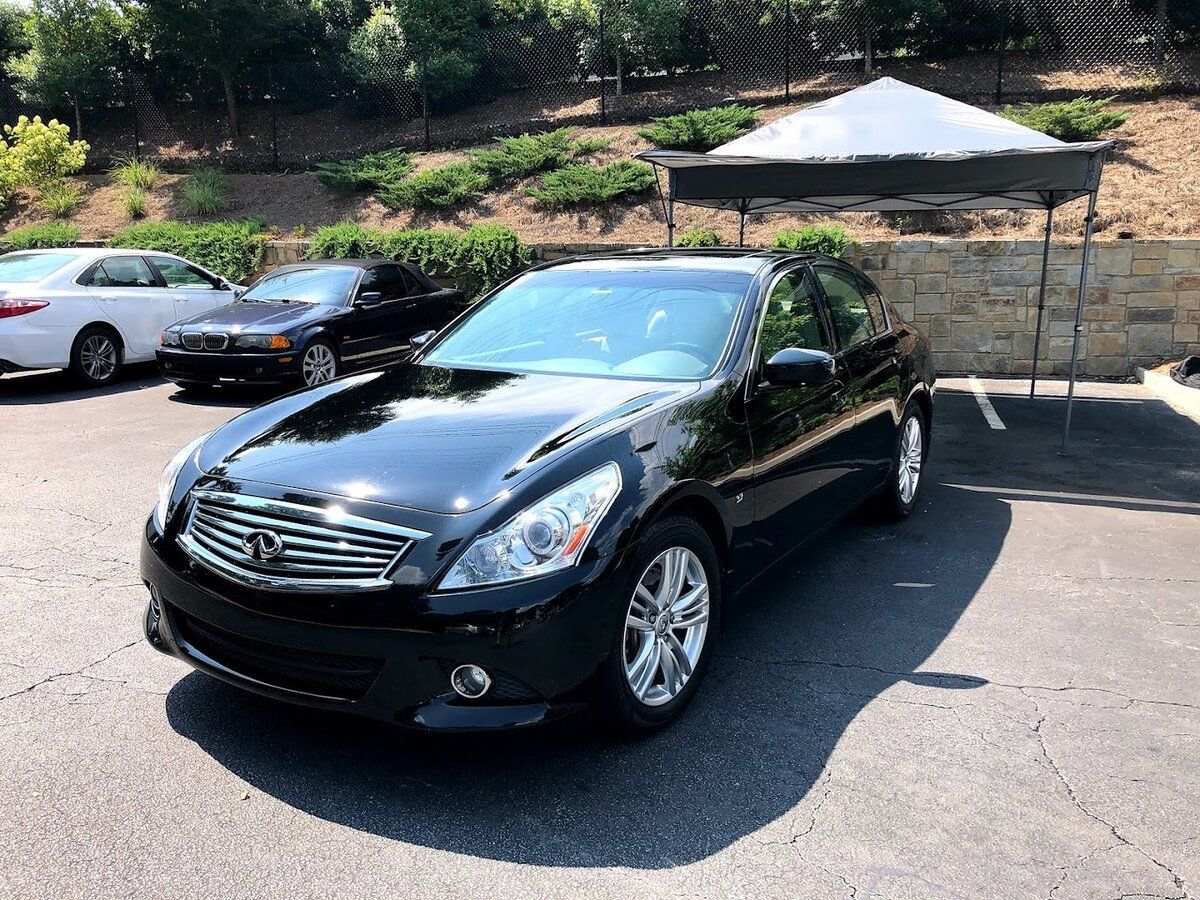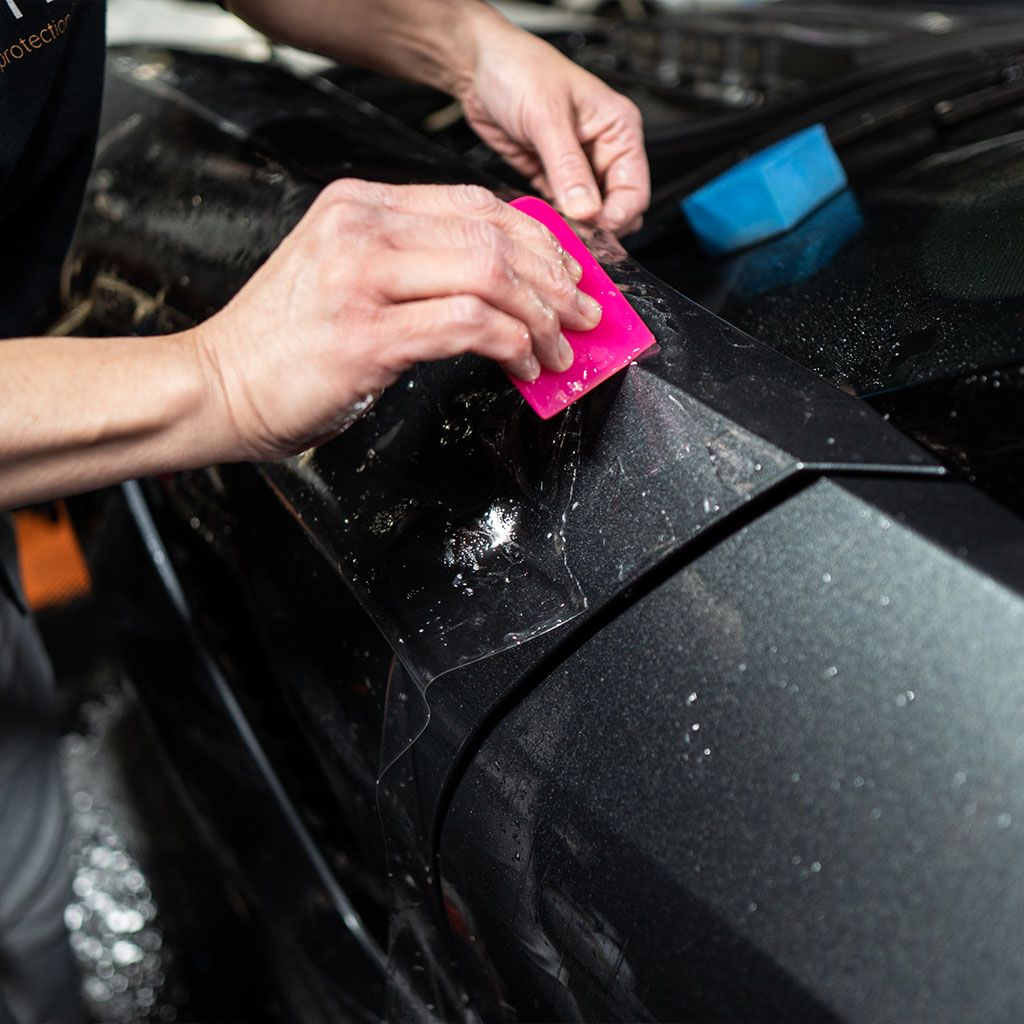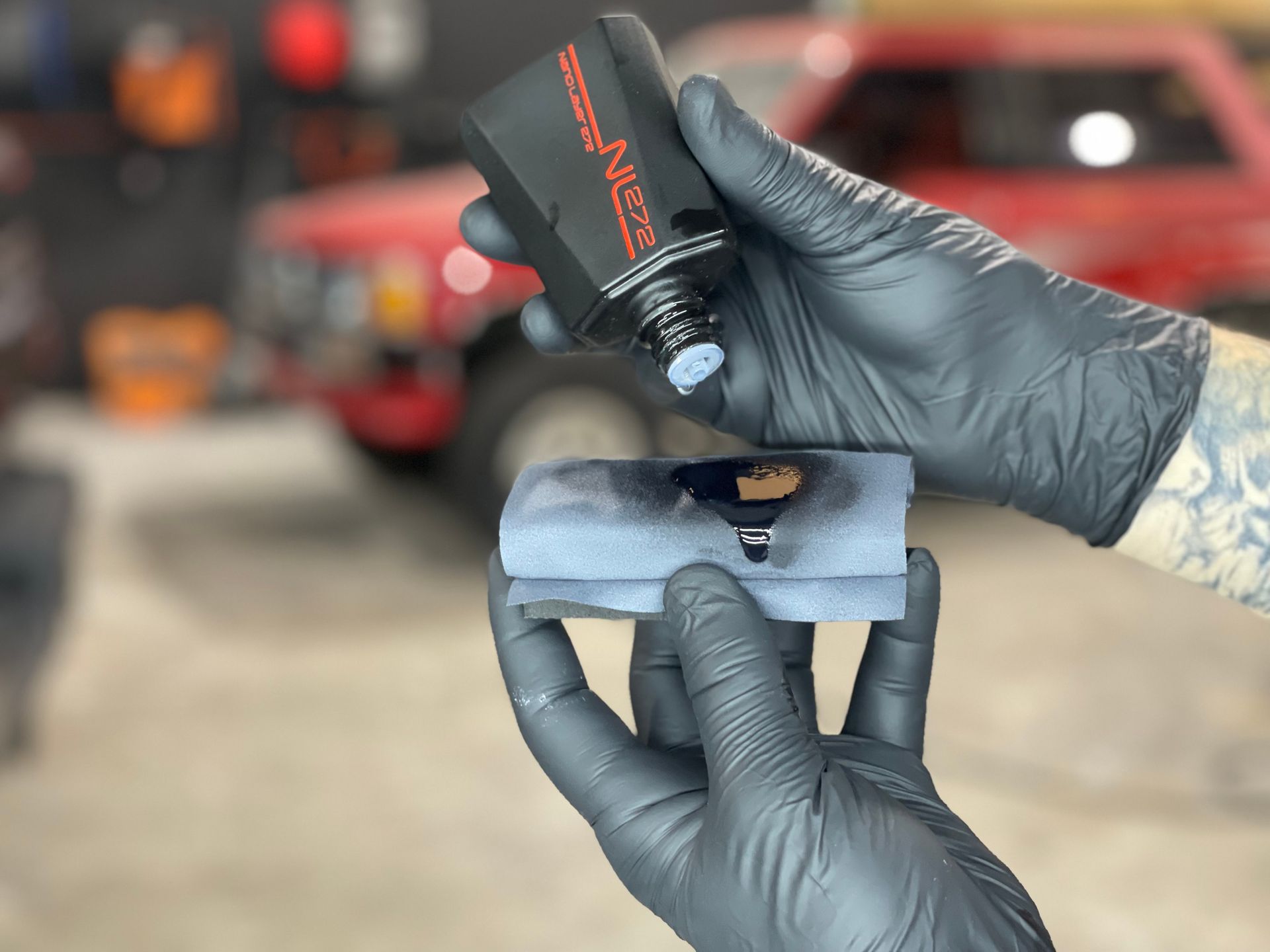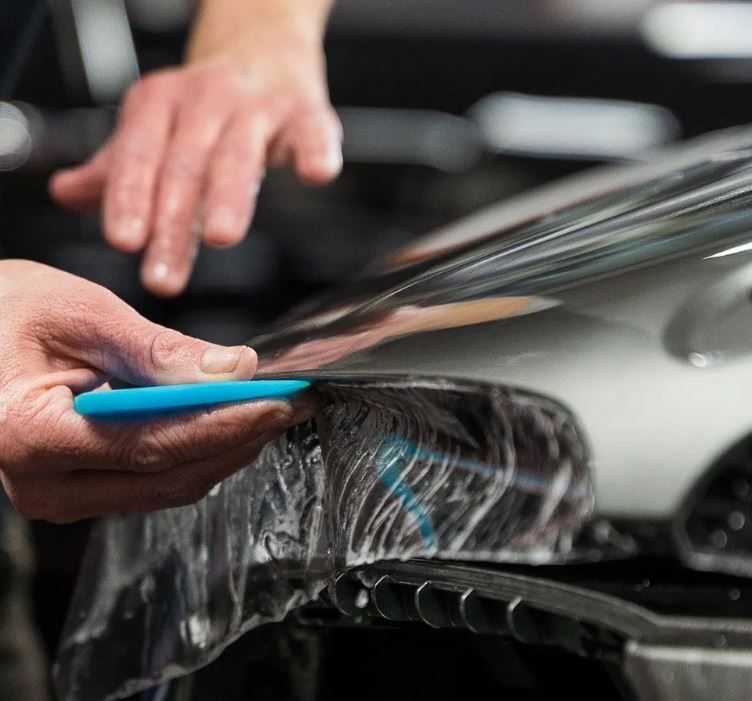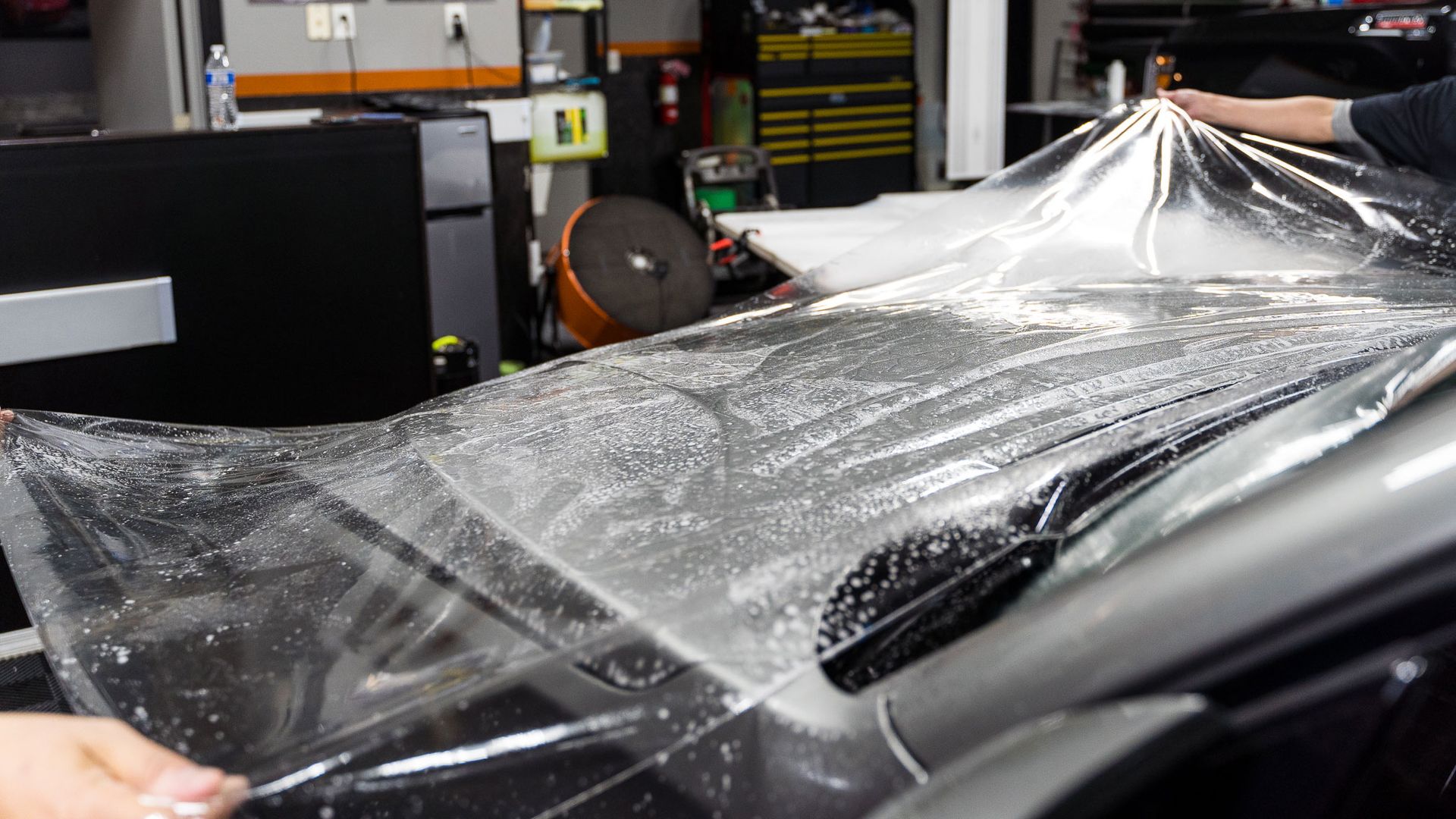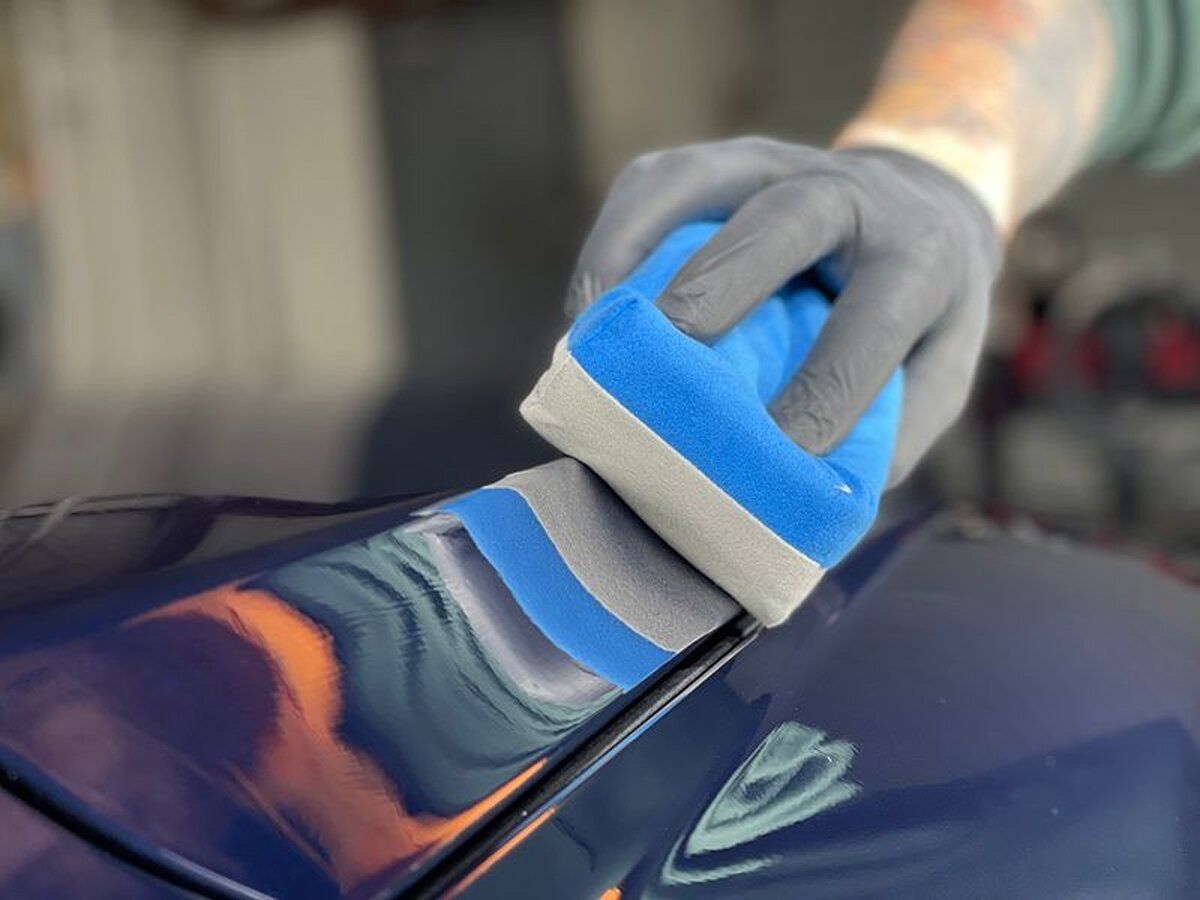The Value of Long-Lasting Coating: Why It Outperforms Cheap Alternatives
GET A QUOTECALL (770) 722-3486
When it comes to protecting your vehicle or property, the choice between a long-lasting coating and a cheap alternative often feels like a no-brainer. Imagine investing in something that not only saves you time but also keeps your belongings looking brand new for years. Sounds appealing, right? Well, what many don't realize is that skimping on initial costs can lead to a frustrating cycle of reapplications that chip away at savings faster than you think. If you've ever found yourself stuck polishing away swirls and dull spots after a few months, you'll appreciate the difference that quality coatings can make. In this article, we’ll explore why investing in durable coatings pays off—both in terms of aesthetics and your wallet—making high-quality options the smarter choice in the long run.
Long-lasting coatings provide superior durability and protection for surfaces, significantly outlasting cheaper alternatives that may deteriorate quickly. They are designed to resist environmental contaminants, UV damage, and wear, ultimately reducing maintenance costs and preserving the aesthetic appeal of your vehicle or property over time.
Long-Lasting Coatings vs. Cheap Alternatives
It’s no secret that automotive enthusiasts often find themselves at a crossroads when deciding between long-lasting coatings and less expensive options. Long-lasting coatings can endure for up to four to nine years. Unlike cheap waxes that might offer a fleeting shine and minimal protection, these durable coatings provide a consistent shield against environmental damage. A recent survey revealed that 85% of users who opted for cheaper alternatives found themselves needing to reapply within a month of application. This constant cycle of reapplication adds not only time but also financial burden; ultimately, those who choose the lower-cost option may find themselves spending more in the long run without enjoying the same level of protection.
Durability Comparison
When we consider durability, the variations are startling. Cheaper products tend to provide temporary gloss while quickly succumbing to winds, rains, and the incessant sun—we’ve all experienced it; one week your car looks pristine and the next, it’s duller than a Monday morning. In contrast, high-quality coatings bond with your paintwork at a molecular level, ensuring they stand up to corrosive elements.
Long-lasting coatings serve as a thick barrier that resists environmental contaminants far better than traditional waxes. This brings us to an interesting consideration: the technological differences inherent in these products. Cheaper alternatives usually function by sitting on top of the surface—effectively acting like a thin plastic film—whereas true ceramic coatings chemically bind with the paint itself. Thus, while wax may provide some initial shielding from dirt and water, its lack of penetration means that it just can't compete when it comes to longevity of effect.
Maintenance Requirements
Furthermore, let's talk maintenance. Most long-term coatings do require minimal upkeep—think of it as nurturing a plant rather than weighing it down with cumbersome chores. Routine washes help prolong their life by removing contaminants before they have a chance to degrade the surface. If you're seriously considering investing in your vehicle's appearance and preservation, remember that quality comes at a price—but that price pays dividends in terms of time saved and enhanced aesthetics over the years.
As you weigh these factors against each other, it's crucial to explore how these choices manifest financially over time.
Financial Benefits Over Time
Investing in long-lasting coatings may initially appear to strain your wallet, but this perception shifts as you consider the overall financial picture. Understanding the concept of initial investment versus reapplication costs is crucial. While the initial outlay for long-lasting coatings can range from $500 to $2,000, think about what happens with cheaper alternatives that require consistent reapplication.
Initial Investment vs. Reapplication Costs
Although the price tag for a high-quality coating might give pause, recognize that these expenditures represent a single payment for years of protection. In stark contrast, less durable options can lead to ongoing expenses that accumulate quickly. For example, if a car owner spends $50 monthly on wax, they incur an annual cost of around $600 just for materials, not factoring in the valuable time spent on frequent applications.
In practical terms, consider this: the one-time application of a comprehensive ceramic coating offers extensive protection with astonishingly minimal maintenance requirements. Applying that same $1,000 coating over a typical lifespan of five years breaks down to just $200 a year. When compared to repeated wax applications, the economic wisdom behind these coatings becomes abundantly clear. Next, it's essential to explore the enhanced protection features offered by these long-lasting solutions.
Superior Protective Capabilities
The primary advantage of long-lasting coatings lies in their superior protective capabilities. High-quality ceramic coatings, for example, are renowned for their hydrophobic properties. These properties genuinely repel water and dirt, making vehicles significantly easier to clean while maintaining a pristine appearance. When you apply a quality coating, it's like wrapping your vehicle in an invisible shield that stands up against the harsh elements.
Enhanced Resistance
The performance of these coatings becomes even more apparent when you look at their enhanced resistance to various elements. Reputable brands offer remarkable protection against everyday nuisances such as bird droppings, tree sap, and harmful chemicals that can prematurely degrade automotive finishes. As anyone who's parked beneath a tree can attest, dealing with sticky sap or corrosive bird droppings can feel like an uphill battle for maintaining your car's aesthetic.
According to a study conducted by the International Detailing Association, vehicles treated with high-performance coatings retained an impressive 95% of their factory-fresh appearance even after five years. This speaks volumes about the long-term benefits and efficiency of investing in quality coatings. Beyond resisting unsightly stains and damage, these coatings also provide chemical resistance that protects against the most damaging substances automotive surfaces encounter. From acidic rain to road salt, high-quality ceramics act almost like a barrier—ensuring environmental contaminants slide off rather than bond with your vehicle's paint.
Exploring the durability further will reveal how the maintenance requirements of long-lasting coatings contrast sharply with those of less expensive alternatives, shifting the emphasis toward occasional upkeep rather than frequent reapplications.
Real-World Performance
One of the most compelling ways to illustrate the effectiveness of superior coatings is through real-world case studies and examples. Consider the bustling city of Houston, known for its intense heat and humidity—an environment that truly tests the limits of protective coatings. Here, a side-by-side comparison was conducted on two vehicles: one was treated with a low-cost wax and the other with a premium ceramic coating. The outcome after just one year was striking; the vehicle with the ceramic coating showed only minimal wear and retained its glossy finish, while the wax-coated vehicle revealed multiple signs of fading.
This comparison sheds light on more than just aesthetics—it illustrates how investment in high-quality coatings directly translates to protection against harsh environmental elements. According to feedback from Houston drivers, approximately 90% of those who opted for ceramic coatings noted significantly fewer cases of environmental damage compared to their counterparts who relied on traditional waxing methods. Cheap alternatives often create a false sense of economy; while they may require less upfront investment, they demand frequent reapplications and provide limited protection.
Moreover, such performance outcomes are indicative of broader trends across various industries where UMI Coatings excels. We see similar patterns not only in transportation but also in infrastructure, manufacturing, and industrial sectors where reliable performance is paramount. Regular use of advanced spray-applied coatings notably enhances asset lifespan, effectively protecting them from corrosion and wear even in challenging environments.
Recognizing these advantages opens the door to a deeper exploration of how initial investments in quality coatings can yield exponential returns over time as businesses aim for durability and reliability in their operations.
Cost Analysis: Initial vs. Lifetime
When considering coatings, initial costs often catch our attention right off the bat. Many people are inclined to go for that lower price tag, thinking they are saving money upfront. The reality is more complex. The upfront cost of long-lasting coatings, such as ceramic varieties, can range between $500 and $2,000 based on the product and any professional service fees involved. While this may appear steep at first glance, it’s important to weigh that against longevity and overall value. Now let’s dive into how these costs compare over time, particularly when evaluating lifetime costs.
Lifetime Costs
For instance, a high-quality ceramic coating applied just once may set you back around $1,500, but here’s the kicker: it can last nearly five years with minimal maintenance required. This translates to a total investment of around $2,000 when factoring in an average annual maintenance cost of about $100. Compare this to cheaper alternatives where routine wax reapplications could cost approximately $50 per bottle every couple of months. If you factor in occasional professional wax services at about $150 every six months, the cumulative expenses can soar beyond your expectations.
To give you a clearer picture, let’s break down these costs side by side:
- Initial Coating (Ceramic): $1,500 (one time)
- Annual Maintenance: $100 (average)
- Total over 5 Years: $2,000
Cheaper Alternatives' Cost Breakdown
Now consider the continued cost associated with lower-end options:
- Wax Bottle: $50 (every 2 months) → Amounting to about $300 over 5 years
- Professional Wax Service: $150 (optional but recommended every 6 months) → Totaling about $1,200 over 5 years if done regularly
- Total over 5 Years: Ranges from about $1,500 to $3,000 (plus the additional effort and time spent maintaining it)
As you can see, while opting for cheaper solutions might seem financially advantageous initially, in reality, it often backfires due to frequent expenditures on maintenance and application. Investing in a high-quality coating typically offers both greater durability and less hassle long-term. When evaluating your options, it's essential to look at the bigger picture—considering not just the price tag but also what brings lasting value and savings over time could change your approach entirely as we move into a discussion about how to choose the right type of coating for your needs.
Selecting the Best Coating
Choosing the right long-lasting coating for your vehicle isn’t just about aesthetics; it plays a crucial role in protection and longevity. With numerous options on the market—from traditional waxes to advanced nano-ceramic coatings—understanding key features can guide you toward a decision that best meets your needs. When considering coatings, look for those that combine durability, hydrophobic properties, and resistance to environmental contaminants. This trifecta is vital in ensuring that your car remains protected against everything from road debris to harsh weather conditions.
- Identify Your Needs: Assessing what level of protection you need starts with evaluating your driving habits and environmental factors. For instance, if you frequently navigate through snow and salt in winter months or endure heavy rainstorms, you’ll want a coating that offers strong UV resistance and can withstand harsher conditions. Are you planning to keep your car for several years? This might necessitate investing in a coating with long-term capabilities that offers up to 9 years of protection, making it ideal for those committed to their vehicle's upkeep. If you primarily use your car for short trips or have a newer model that spends most of its time in a garage, you may not require the same level of durability. Once you understand your specific circumstances, it’s time to compare available products.
- Compare Products: The next step is comparing products based on their features, protective durations, and costs. Look at customer reviews and expert ratings from trusted sources to gauge how different coatings perform under real-world conditions. Keep an eye out for details like self-healing properties or hydrophobic surfaces, which can make maintenance easier by repelling dirt and water. Such features not only enhance your driving experience but also save money on upkeep costs over time. After comparing products, it's clear that professional application is crucial for maximizing benefits.
- Professional Application: Opting for professional application is highly recommended when it comes to ceramic coatings. The application process can be complex, requiring precision and expertise—one slip during application could diminish its performance significantly. Professionals often use tools and techniques that ensure even coverage and necessary pre-coating preparation, like paint correction, which enhances the final results.
Ensuring it’s done correctly from the start will maximize both the effectiveness and lifespan of the coating, protecting your investment long term. By making an informed choice throughout this process—from identifying your needs to selecting the right product and ensuring professional application—you can guarantee that the protective qualities align perfectly with your lifestyle while optimizing both financial gain and practical advantages. Protecting your vehicle's finish should be seen as not just smart maintenance but a wise investment in its value as well.
Ceramic Shield for Your Paint in Marietta, GA
When you want your car to stay cleaner, shinier, and better protected, LeJeune Ceramic Coating & Paint Protection in Marietta, GA, has the solution. Our high-performance ceramic coatings create a durable, glossy barrier that guards against contaminants and wear. It’s more than a shine—it’s a shield. Contact us today to give your vehicle the care it deserves.
